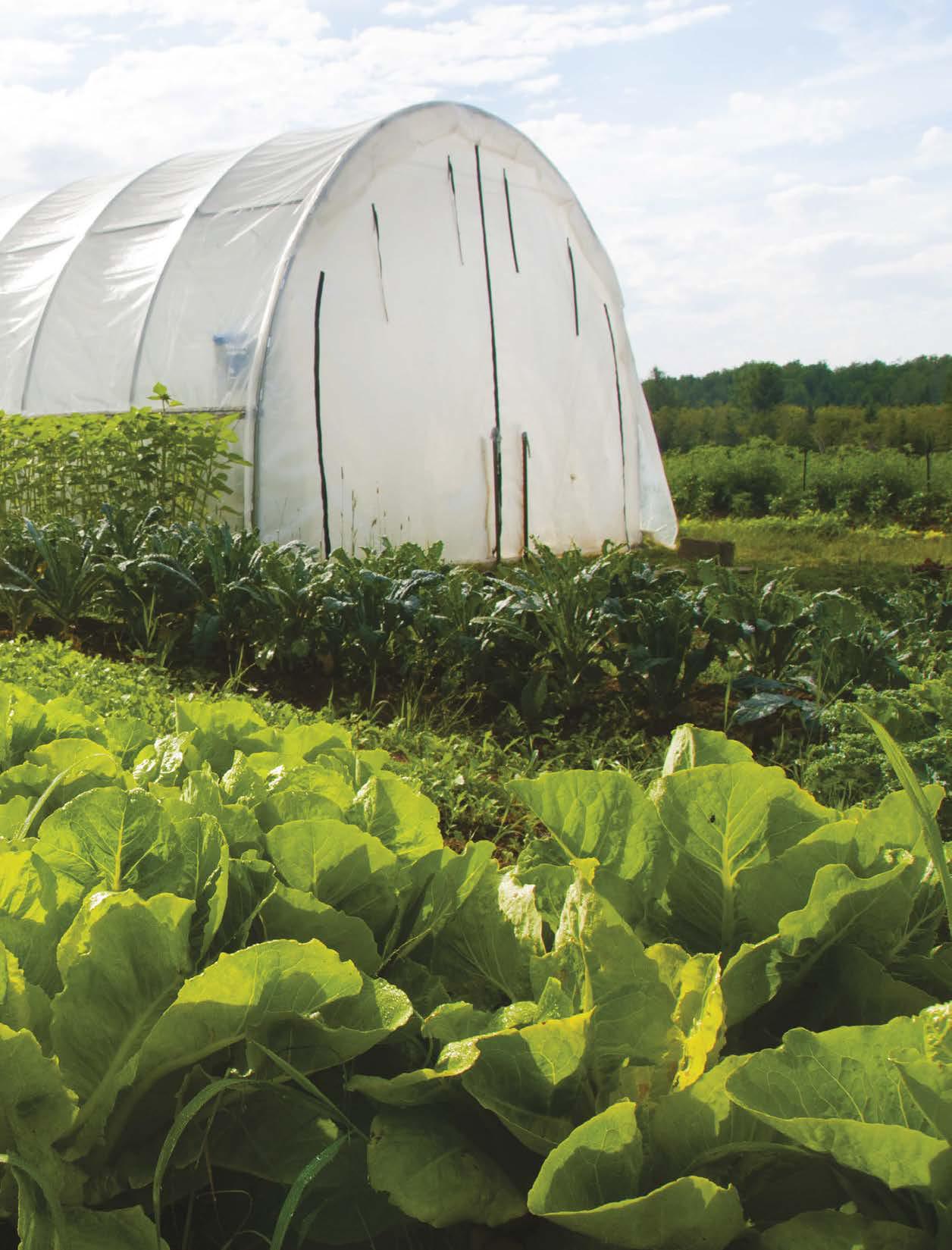
Any gardener or horticulturist with meaningful experience shopping for plants is familiar with the USDA plant hardiness zone map. (If not, check out the online version at https://planthardiness.ars.usda.gov.) Like an imposing arbiter of vegetation dispersal, the color-coded map breaks the United States and Puerto Rico into 13 zones based on the average annual extreme minimum temperature in other words, the lowest temperature each zone experiences in a typical year. Each zone is further divided into two half-zones, labeled "a" (colder) and "b" (warmer). These zones are used to label the hardiness of plants, determining whether they're suited for planting in any given region. A variety of raspberry bush, for example, might be rated for success in zones 5 through 9.
Some zones are too warm for certain plants; apple trees, for example, need a certain number of "chill hours" (below 45-degrees Fahrenheit) during the winter in order to grow properly and produce fruit. But for much of the United States, cold temperatures are arguably the greater limiting factor than heat. Cold temperatures can quickly damage and kill plants that aren't suitably cold-tolerant. But before you assume you can never grow a plant that isn't rated for survival in your hardiness zone, keep in mind the zone delineations aren't perfect. Zone borders can change over time (the last update to the map in 2012 labeled many areas half a zone warmer than the previous map), and no nationwide map can capture every local temperature nuance.
THE MAGIC OF MICROCLIMATES
The last point is worth reiterating, because it's good news for those of you with ambitious green thumbs. Just because a general region fits within one hardiness zone doesn't mean every acre of land within the region occupies that zone. A "microclimate" is exactly what its name suggests: a small area with a different climate than nearby or surrounding areas.
Esta historia es de la edición March - April 2023 de Hobby Farms.
Comience su prueba gratuita de Magzter GOLD de 7 días para acceder a miles de historias premium seleccionadas y a más de 9,000 revistas y periódicos.
Ya eres suscriptor ? Conectar
Esta historia es de la edición March - April 2023 de Hobby Farms.
Comience su prueba gratuita de Magzter GOLD de 7 días para acceder a miles de historias premium seleccionadas y a más de 9,000 revistas y periódicos.
Ya eres suscriptor? Conectar
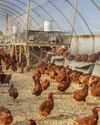
Making Bucks from Clucks
These five reasons might be why you're losing money on your chickens.

Soil Testing
Whether you are new to farming altogether or you are leasing your farmland to a producer who is unfamiliar with the practice, becoming knowledgeable about the acts of soil testing and them applying recommended soil amendments based on soil test results provides tremendous advantages to the soil, plants, and your pocketbook.
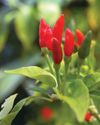
Small-But-Mighty Hot Peppers
You don’t have to have a lot of garden space or an especially long growing season to succeed with hot peppers.
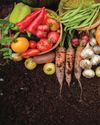
French Intensive Gardening
This permaculture system relies on soil improvement, raised beds, close spacing, companion planting, succession planting and crop rotation. Oui, oui!

FORAGE FOR FOWL
Consider these three cool-season forages as you plant your pasture with free-range poultry in mind.
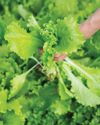
Cut-And-Come Lettuce
Maximize your profits while minimizing time to grow and seed costs with this easy cut-and-come approach to growing lettuce salad mix.
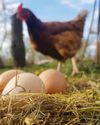
Laying AN EGG
Maintaining correct male-to-female ratios and keeping flocks of younger breeding fowl will help ensure higher fertility and hatching rates.

20 COOP CONSIDERATIONS
Keep these 20 things in mind when designing a home for your chickens.
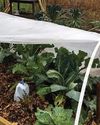
Get LOW in Spring
There comes a time when we all just want to start planting in our gardens again, and a low tunnel provides an earlier-is-better option.
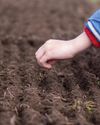
Seed-Starting Soil Temps
Don't miss out on growing time by focusing only on the air temperature.